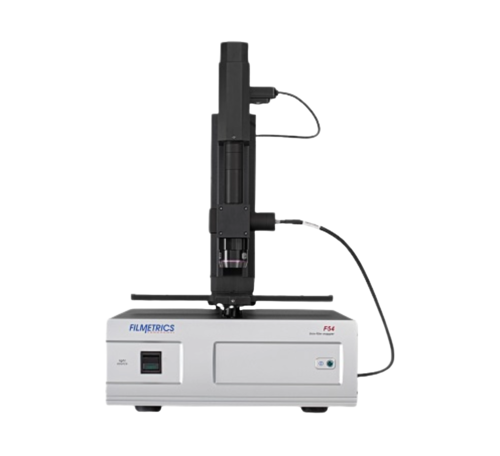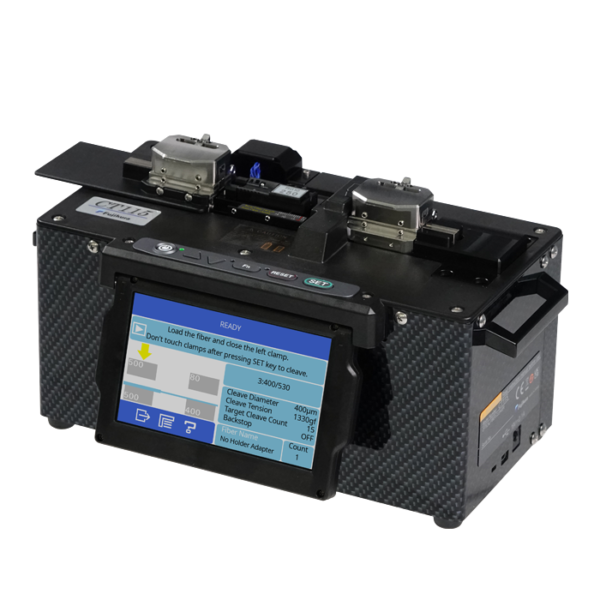Features to Look for in an Optical Fibre Diameter Analyser Device
Features to Look for in an Optical Fibre Diameter Analyser Device
Blog Article
Unlock Accuracy: The Ultimate Guide to Optical Fiber Size Analyser Tools
Accurate measurement of optical fiber size is vital for boosting the performance and dependability of fibre optic systems. This overview provides a detailed overview of the various size analyser devices readily available, from manual to automated options, each created to fulfill specific operational requirements. Trick functions such as measurement accuracy and calibration procedures are highlighted, along with best methods for optimal use. As we take a look at these devices, it comes to be apparent that the future of optical fiber evaluation is advancing quickly, questioning concerning just how these improvements will certainly affect the industry.
Importance of Optical Fibre Measurement
Accurately gauging optical fiber diameter is essential in making sure optimum performance and reliability in interaction systems. The size of optical fibres directly effects their light transmission capabilities, affecting bandwidth, depletion, and general signal honesty. An exact measurement is important to keep the preferred specs for different applications, consisting of telecoms, data transmission, and noticing modern technologies.
Inaccurate or inconsistent fiber diameters can result in increased losses and lowered efficiency, eventually endangering the performance of the whole communication network. Furthermore, variants in diameter can trigger problems in splicing and linking fibers, leading to higher functional prices and prospective system failings. Executing extensive measurement methods is essential.

Sorts Of Diameter Analyser Devices
To achieve reputable optical fiber measurements, numerous diameter analyser tools are utilized, each made to satisfy certain dimension requirements and applications (optical fibre diameter analyser). These devices can be extensively classified into three major types: manual, semi-automated, and fully automated analyzers
Hand-operated size analyzers are typically used in smaller operations or labs where precision is required however production volume is reduced. They use drivers straight control over the measurement procedure, enabling cautious modifications and confirmations.
Semi-automated size analyzers boost performance by integrating hand-operated input with automated features. These tools commonly consist of user-friendly interfaces that improve the measurement procedure while still enabling driver oversight.
Totally automated size analyzers stand for the peak of measurement innovation. These advanced systems incorporate sophisticated sensing units and software program to offer real-time dimensions with marginal user intervention. They are perfect for high-volume manufacturing atmospheres, ensuring consistent precision and rapid data collection.
Each sort of diameter analyser serves distinct operational requirements, making it vital for individuals to meticulously assess their specific needs when picking the suitable tool for optical fibre measurement.
Key Features to Consider
When picking an optical fibre size analyser, a number of crucial features necessitate cautious consideration to ensure optimum performance and reliability. First, measurement precision is vital; appearance for tools that use high-resolution readings, ideally in micrometers, to make certain accuracy in diameter analysis. In addition, the speed of measurement is critical, read the full info here especially in production environments where efficiency is vital.
Another important feature is the calibration process, as a trustworthy analyser should supply straightforward calibration procedures to keep measurement stability over time. The array of diameters the tool can gauge is also significant; ensure that it accommodates the specific fiber types pertinent to your applications.
Transportability could be a factor to consider, especially for fieldwork; portable and lightweight styles enhance use in different settings. Straightforward user interfaces and software application compatibility can assist in smoother procedure and data evaluation.
Last but not least, think about the assistance and guarantee used by the manufacturer; reputable client service and thorough guarantee alternatives can protect your financial investment and make sure long-lasting satisfaction. By concentrating on these attributes, you can pick an optical fibre size analyser that satisfies your particular requirements and improves your functional abilities.
Best Practices for Use
Efficient usage of optical fiber diameter analysers rests on a thorough understanding of ideal methods that boost measurement dependability and accuracy. Guarantee that the analyser is calibrated appropriately before each use. Calibration against known standards mitigates potential mistakes and establishes a standard for succeeding measurements.
2nd, preserve a clean setting. Dirt, dampness, or pollutants on the fibre or the analyser's lenses can skew outcomes. Consistently check and cleanse both the fiber and the tools to preserve optimum performance.

Additionally, conduct dimensions at constant temperatures and humidity levels, as ecological factors can influence results. Paper each measurement carefully, noting conditions and any anomalies experienced during the procedure.
Future Patterns in Optical Fibre Evaluation
As the need for high-performance optical fibres remains to climb, improvements in analysis methods are readied to change the sector (optical fibre diameter analyser). Future fads in optical fiber analysis will likely be driven by increased automation and the integration of fabricated intelligence (AI) and maker knowing (ML) technologies. These developments promise to improve data precision, decrease analysis time, and make it possible for real-time monitoring of fibre high quality
Furthermore, the advancement of easy to use and mobile analysis tools will help with on-site assessments, permitting greater versatility and effectiveness in manufacturing environments. Enhanced imaging modern technologies, such as high-resolution imaging and spooky evaluation, are anticipated to give deeper insights right into fiber qualities, allowing producers to optimize their processes further.
In addition, as industries increasingly accept sustainability, there will be a press for green products and approaches in optical fiber production. This change will certainly demand new analytical methods to evaluate the performance and longevity of these materials under differing conditions.
Conclusion
Accurate measurement of optical fibre diameter is crucial for enhancing performance and making sure dependability in interaction systems. Continued technology will certainly additionally boost the accuracy and efficiency of optical fiber analysis.
Accurate dimension of optical fibre diameter is vital for improving the performance and integrity of fibre optic systems. In this an increasingly connected world, where high-speed data transmission is critical, the duty of specific optical fibre size dimension can not be overstated, as it offers as the foundation for robust interaction infrastructure.When choosing an optical fibre size analyser, a number of vital functions call for cautious consideration to make sure optimal performance and dependability.Efficient use of optical fibre diameter analysers pivots on a complete understanding of best practices that boost measurement dependability and precision.Precise measurement of optical fiber view website size is important for enhancing performance and making certain integrity in interaction systems.
Report this page